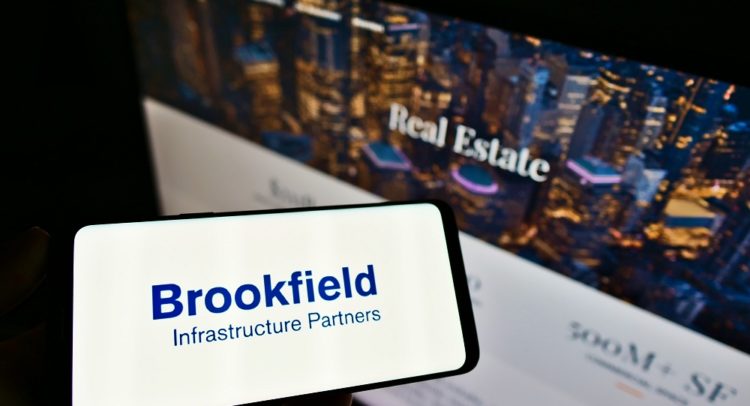Brookfield Infrastructure (BIP) owns and operates infrastructure assets in sectors such as utilities, midstream, data, and transport across America, Asia, and Europe. It focuses on assets that require minimal maintenance expenditures but generate predictable and stable cash flow.
For Q4 2021, the company reported EPS of $0.14, which declined from $0.58 in the same quarter the previous year but beat the consensus estimate of $0.10. Brookfield Infrastructure ended the quarter with $1.4 billion in cash. It plans to distribute a quarterly dividend of $0.54 per share on March 31.
With this in mind, we used TipRanks to take a look at the risk factors for Brookfield Infrastructure.
Risk Factors
According to the new TipRanks Risk Factors tool, Brookfield Infrastructure’s main risk category is Finance and Corporate, with 36 of the total 88 risks identified for the stock. Legal and Regulatory and Macro and Political are the next two major risk categories with 29 and 7 risks, respectively. The company has recently added three new risk factors. Here are the takeaways from Brookfield’s risk profile.
The company informs investors that although it is committed to ethical business practices, it may be unable to identify and assess all the potential impacts that its business activities may have on human rights. Therefore, it cautions that human rights abuses that are associated with its business and through third-party relationships could adversely affect its reputation and result in legal and financial burdens.
Brookfield Infrastructure tells investors that ESG (Environmental, Social, and Governance) regulatory issues could adversely affect its business. For example, it explains that changes in ESG regulations may turn out to be inconsistent with its current practices. As result, Brookfield says regulators may disagree with its ESG disclosures, leading to regulatory enforcement actions and adversely impacting the company’s business and reputation. Moreover, Brookfield says that compliance with new regulations may be more difficult and expensive, potentially hurting its business and financial condition.
Finally, Brookfield cautions that it may face problems obtaining spare parts and components for its equipment, which could make it difficult to complete projects on schedule and budget. It explains that supply-chain disruptions caused by adverse climate events or economic sanctions in countries that produce key materials or components could lead to a shortage of spare parts and an increase in prices. The company concludes that cost increases and delays in obtaining equipment components could adversely affect its business.

Analysts’ Take
In February, Citigroup analyst Ryan Levine reiterated a Hold rating on Brookfield Infrastructure stock and raised the price target to $65 from $57. Levine’s new price target suggests 7.01% upside potential.
Consensus among analysts is a Strong Buy based on 4 Buys and 1 Hold. The average Brookfield Infrastructure price target of $66.40 implies 9.32% upside potential to current levels.

Download the TipRanks mobile app now.
To find good ideas for stocks trading at attractive valuations, visit TipRanks’ Best Stocks to Buy, a newly launched tool that unites all of TipRanks’ equity insights.
Read full Disclaimer & Disclosure
Related News:
What Do Zscaler’s Risk Factors Tell Investors?
Inside Hormel Foods’ Risk Factors
Understanding HP’s Risk Factors Amid the Russia-Ukraine Conflict









